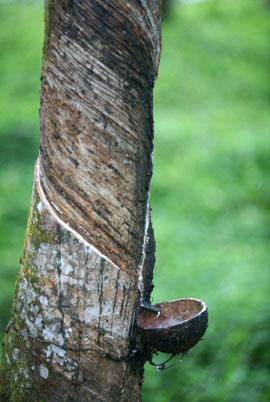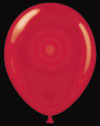 | ||||||
"Thank you so much for setting up everything so quickly. I truly appreciate it, and I'm very happy you guys came out today!
I love the jokes and look forward to doing business with you." -Michelle Paterra, Mulligan Family Fun Center
Decorating Toolbar:
Call 909-982-3301
Email: its_a_gas@yahoo.com
It's A Gas
Providing Unique Balloon Decor or the Helium, Supplies, and Education You Need to Do-It-Yourself!
See More:
Balloons and the Environment
Call 909-982-3301 for more information!
Need ideas for your event? Get great theme ideas and see more pictures on our blog!
It's A Gas, Inc. © 1996-2011 | 1620 N. Euclid Ave. | Upland, CA 91784 | ph: (909) 982-3301 | By Appointment Only!

Rubber Tree
Latex balloons are produced from the milky sap of the rubber tree, Hevea brasillensis. The rubber tree originated in the tropical forests of South America and was taken to Europe from Brazil - hence the Latin name. It is now grown on plantations in many tropical countries. The latex is collected in buckets, as it drips from harmless cuts in the bark. The process is much like that used to collect maple syrup. The use of latex balloons and other products, such as surgical gloves and condoms, make rubber trees economically valuable, which discourages people from cutting them down and provides a valuable revenue to many third world countries. Rubber trees, from which the latex for balloons is harvested, are one of the main forms of vegetation in tropical rain forests, which in recent years have become crucial to maintaining the earth's fragile ecological balance. Harvesting latex can be more profitable to poor third world nations than raising cattle on the deforested land.

Latex
Latex is a 100 percent natural substance that breaks down both in sunlight and water and should never be confused with plastic. Research shows that under similar environmental conditions, latex balloons will biodegrade at about the same rate as a leaf from an oak tree.
Biodegradability
